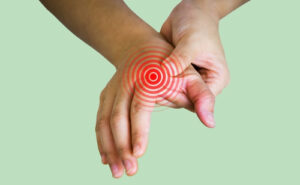
People often don’t realise they have osteoporosis until they have fracture. At least 1 in 3 women, and 1 in 5 men over the age of 50 will suffer a fracture due to osteoporosis.1 Osteoporosis is a common condition that affects the bones. It can occur people of any age, but is more common in older adults, especially women over 60 years of age. In this article we look at what osteoporosis is, what its risk factors are, and how it can be diagnosed and treated.
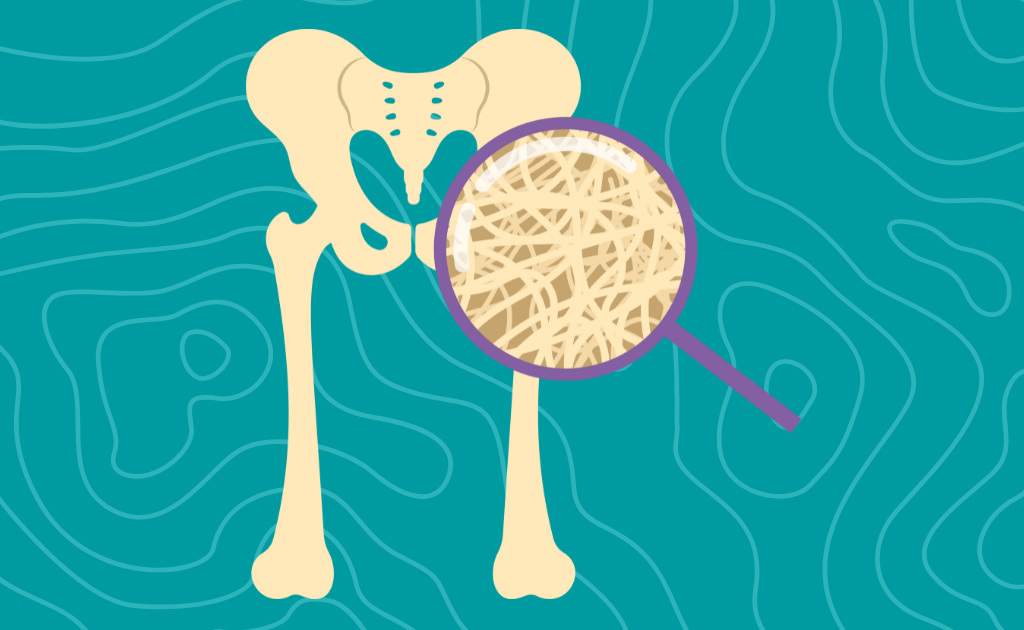
People with osteoporosis are at a high risk of fractures or bone breaks. These can be debilitating and can even lead to premature death. The most common fractures are hip, spine, or wrist fractures that happen easily. Once one of these fragility fractures has occurred the chance of having another doubles.
Our bones are made up of living tissue that grows in a porous structure. It is constantly being broken down and replaced throughout our life. Typically, your bones grow denser until the age of 30, with new bone replacing old bone at a faster rate. After the age of 40, this cycle slows, and you begin to lose bone faster than it is replaced.
The loss of balance leads to a decline in the density of bone. The bones’ structure becomes even more porous, while the outside of the bone also grows weaker and thinner. The skeleton of people with osteoporosis becomes fragile – putting them at high risk of fractures
Age
The primary risk factor of osteoporosis is age for both men and women. As the rate at which bone is replaced slows with age, therefore the bone becomes less dense and more fragile.
Menopause
Due to the rapid decline in oestrogen levels during menopause women can lose bone even quicker. It is found the postmenopausal women are at the highest risk.
Other risk factors
Some other common risk factors for osteoporosis include:
While osteoporosis typically has no symptoms in its early stages, as it progresses you may notice some of the following symptoms:
As discussed, many people with osteoporosis will discover the condition when they have a fracture that occurs more easily than it should.
A healthcare provider can assess your risk for osteoporosis by reviewing your medical history and doing a physical exam. They may suggest a bone density scan (DEXA scan) if they believe you have osteoporosis or are at risk of developing it. A bone density scan uses X-rays to measure the density of the bones in key areas such as your wrists, hips, or spine.
Treatment for osteoporosis will be decided based on a variety of factors and the severity of the condition. Treatments may include lifestyle changes, and medicines.
While there are risk factors of osteoporosis that cannot be mitigated or avoided, there are many things you can do to support your bone health and avoid premature bone loss.
If you are worried about osteoporosis or are at risk of developing it speak to your pharmacist or healthcare provider about how you can prevent it.
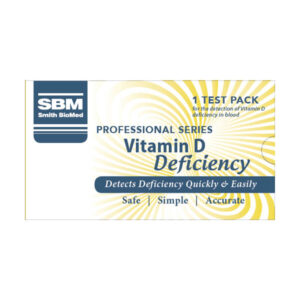
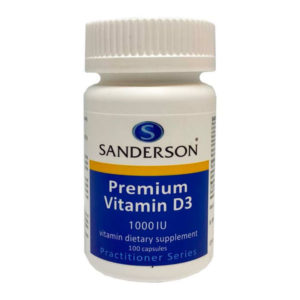
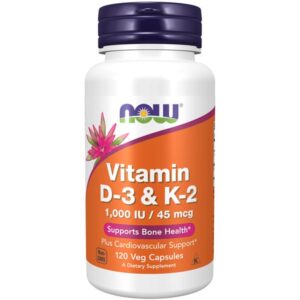
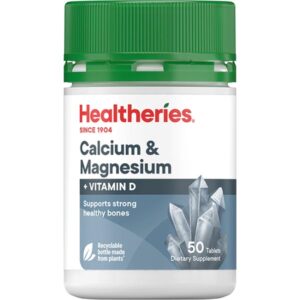
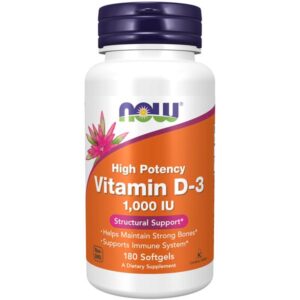


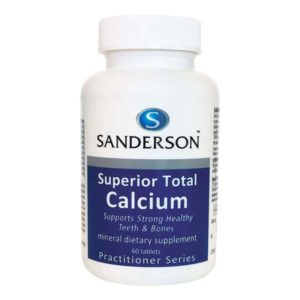
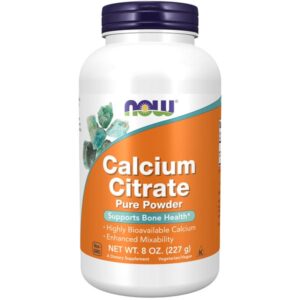

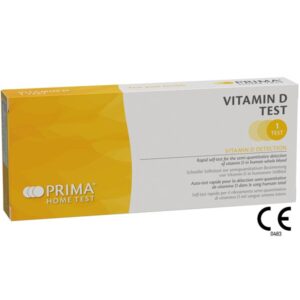
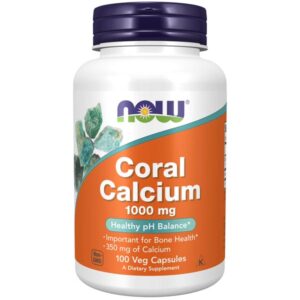
Written by Paul Taylor
Paul Taylor is a New Zealand–based healthcare content writer with 5+ years’ experience creating patient friendly articles for online pharmacies and health platforms. He specialises in accessible condition guides, prescription FAQs, OTC advice, and health & wellbeing tips, translating complex medicines or health condition information into clear, actionable content. Paul collaborates with the ZOOM Pharmacy clinical team and bases every article on authoritative sources, peer reviewed journals and national clinical guidelines to ensure evidence based, up to date content. His goal is to help readers feel empowered to make informed decisions about their medicines and wellbeing. This content is general information only and does not replace professional medical advice.